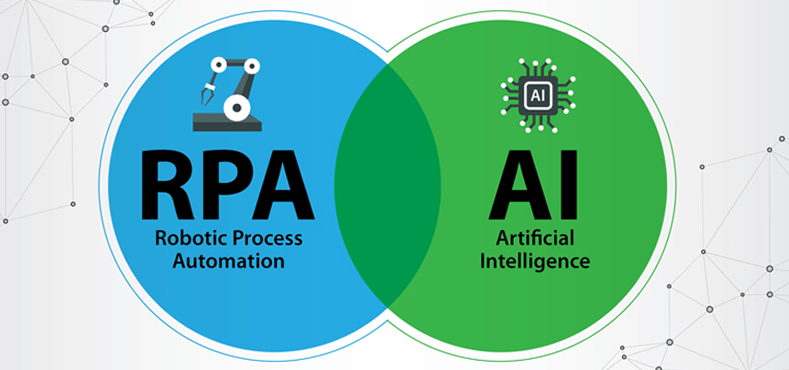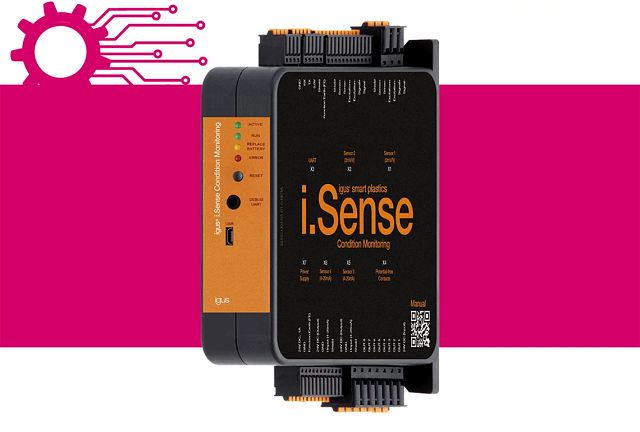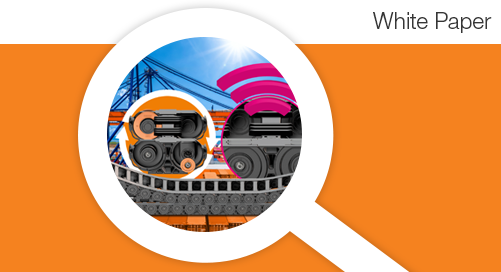How do RPA and AI fit into modern automation solutions?
In the world of automation, AI and robotics are the hottest topics. Nearly any discussion about automation eventually makes its way back to them. Rarely, however, is robotic process automation (RPA) talked about. This blog will do just that, discussing how RPA came about, when and why it’s used, and how it RPA and AI compare to each other.
What is RPA?
RPA is a form of automation that got its start in the 90s, originally being used for automated user interface testing. It’s a rule-based form of automation, relying on a set of specific parameters to carry out tasks. It’s fully software-based, so no physical robots or other automation devices are necessary for RPA. Even better, extensive coding is rarely, if ever, required to set up an RPA bot.
Since RPA requires specific rules to be laid out, and can’t deviate from them or adapt based on context, it can only be used for concrete tasks that don’t require analysis, such as copying and pasting information, moving files, or processing returns for online orders. This may give the impression that RPA is a low-value prospect, but it can actually provide cost savings of around 40-70%. Human workers are much more likely to make errors that can prove costly over time, whereas RPA avoids these mistakes while performing tasks faster than humans could in the first place. Human workers are then free to work on more creative, high-level tasks not fit for automation.
RPA vs AI: What's the difference?

A somewhat common misconception about RPA and AI is that they're the same, or that RPA is just an application of AI. However, this is not the case. While similar, the two have key differences that set them apart and dictate which applications each can be used for.
It’s easiest to think of RPA as mimicking human actions, and AI mimicking human intelligence/decision making. RPA is strictly rule-based, meaning unlike AI it can’t adapt to new situations based on context or learn new behaviors. It can carry out repetitive tasks quickly and accurately, but without specific rules RPA can’t function. Since AI focuses on creating a robotic intelligence based on human decision making, it can make logical decisions based on information and context with minimal oversight. With this in mind AI may seem like the clear-cut “winner” between the two, but both RPA and AI have their place in automation.
Integrating RPA and AI
Finally, it’s important to see the bigger picture and understand how RPA and AI can be integrated together to create fully autonomous systems that fully take advantage of each technology. One possible implementation is an automated mailing system. AI could analyze emails that come in, sorting them based on topic, urgency, and sender. Then, RPA could be used to automatically send out pre-written response templates based on how the AI sorts the emails. Processing insurance claims is another possible implementation. RPA can be used to extract data from insurance claims, and AI can analyze the data to detect signs of potential fraud.
 Automated manufacturing solutions could benefit greatly from intelligent automation as well. AI is already used heavily in the industry, especially in condition monitoring and predictive maintenance systems. Data is constantly recorded and analyzed to determine when a machine will need maintenance. Systems like i.Sense condition monitoring from igus® can even utilize RPA to automatically shut down a machine if data values fall out of an acceptable range to prevent severe damage from occurring. If your automation solution makes use of robot control software, then RPA can even be used to automate software inputs as well.
Automated manufacturing solutions could benefit greatly from intelligent automation as well. AI is already used heavily in the industry, especially in condition monitoring and predictive maintenance systems. Data is constantly recorded and analyzed to determine when a machine will need maintenance. Systems like i.Sense condition monitoring from igus® can even utilize RPA to automatically shut down a machine if data values fall out of an acceptable range to prevent severe damage from occurring. If your automation solution makes use of robot control software, then RPA can even be used to automate software inputs as well.
Conclusion
Combining RPA and AI is a simple and effective way to begin your automation journey. Get those boring and repetitive tasks off your plate and focus on something more thought-provoking and creative, and save money doing it.
If you have further questions about RPA, AI or other automation solutions, speak to an igus low-cost automation expert today, or visit our website to learn more about igus-specific automation solutions.



